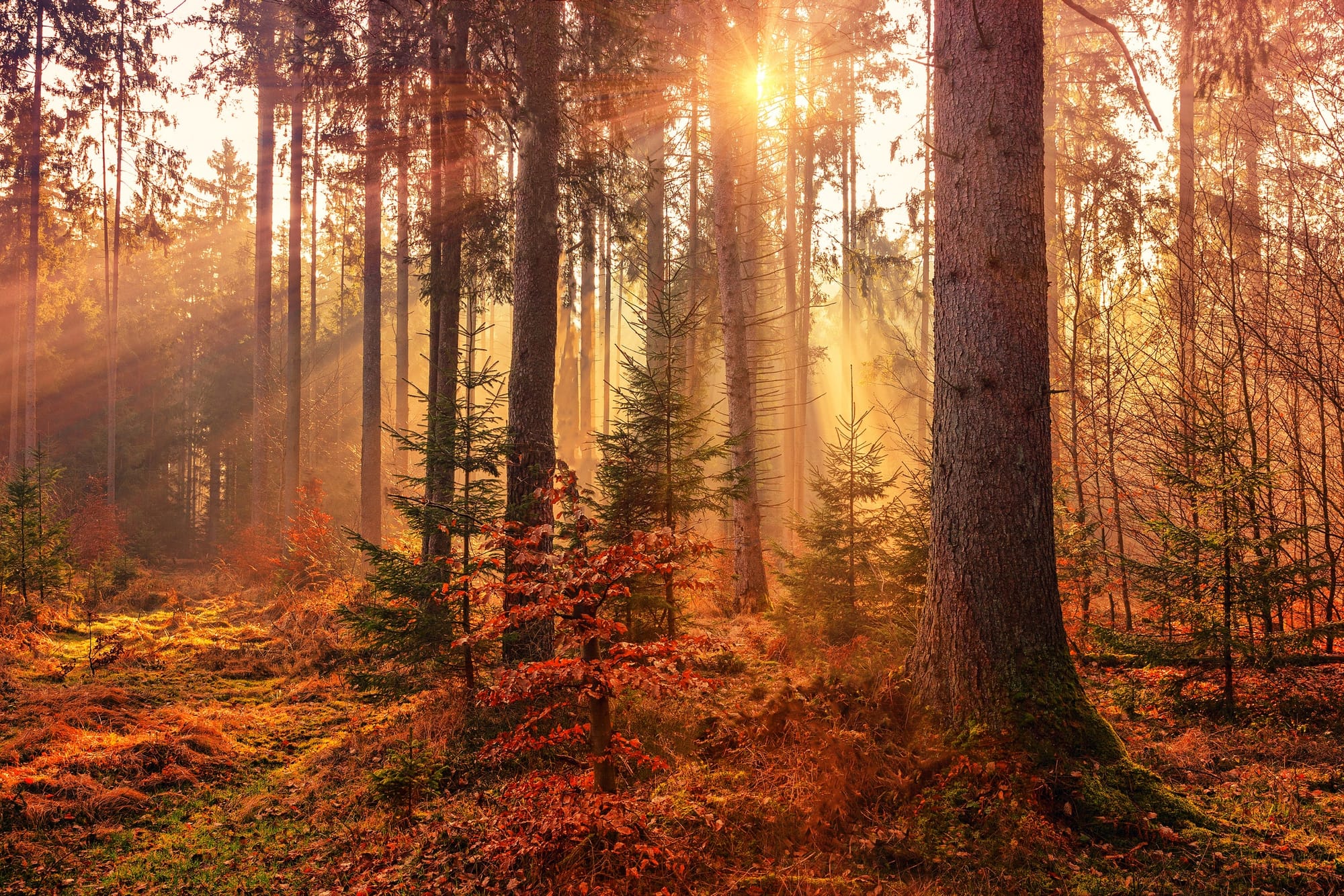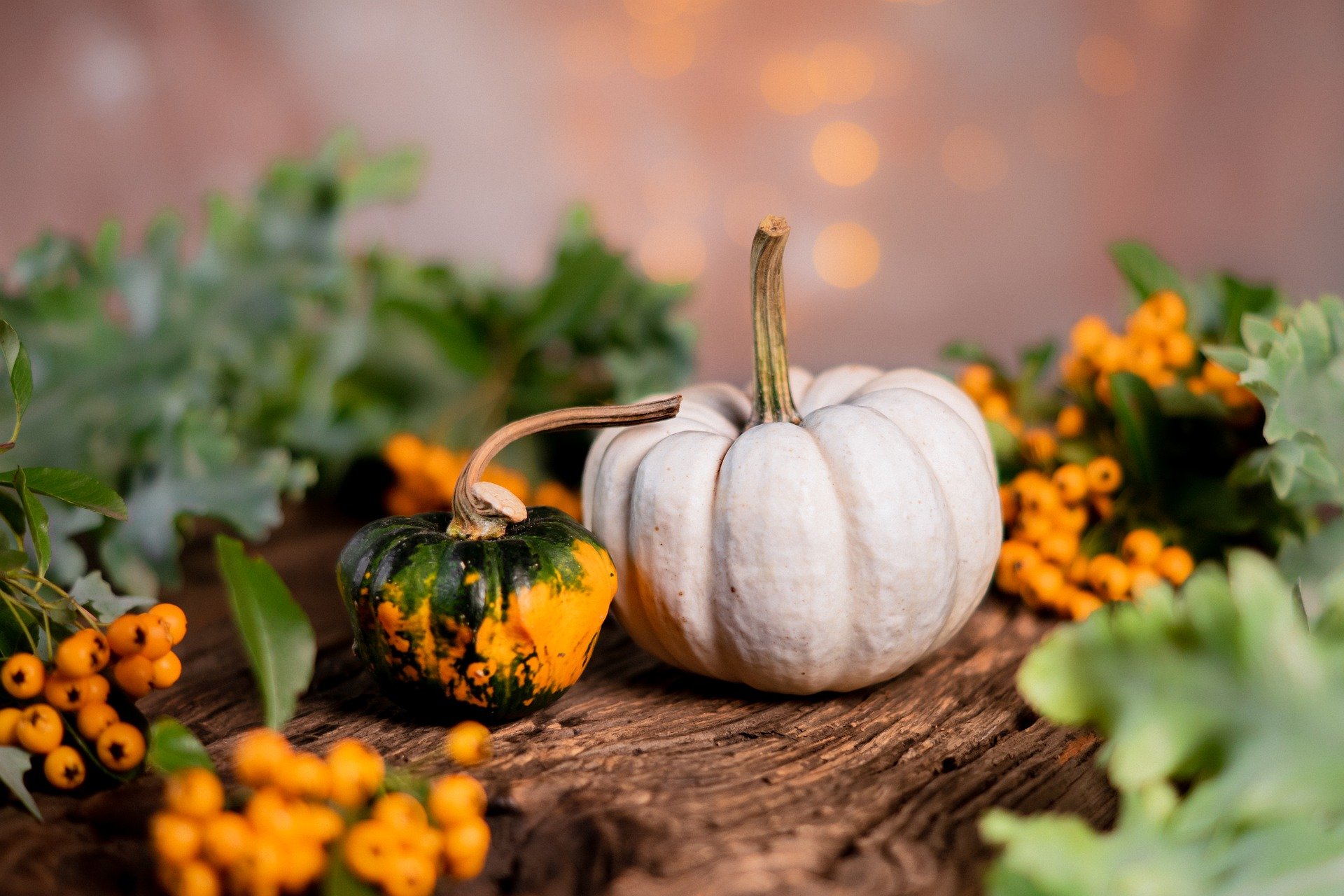October


Things can start slowing down for the gardener in October, but this is a great start to next year's garden, if you take it.
- Harvest all the winter squash, pumpkins, etc. before the first frost. Bring them into a warm, sunny place inside and let them continue to harden and cure for a week or two. These can be stored then in a cool closet or corner in the house.
- Cut plants at the base and let the roots rot down to add to the soil. Throw all healthy but aging vines, leaves and stems into the compost and cover with a thick layer of cut up cardboard or leaves.
- Harvest almost all the beans and let the rest dry in the pods. If rain is forecast, bring in the largest, overgrown pods and dry on newspaper or a towel. The beans will be solid once they are truly dry and can be stored in a jar for next year.
- Leaves are starting to fall. Mow over them several times, rake into piles or rows and collect for a mesh fence leaf mulch bin. Keep them damp and they will be ready by spring to use as mulch or even a planting medium.
- Save the bio-char from the fire pit or chimenea. This can be added to the compost to charge with nutrients which will enrich the garden beds once spread.
- Consider a cover crop for poor areas in the garden. This will be mowed and added into the soil later.
- Close the beds not in use. Add your finished compost or aged compost and manure ($2.50 a bag) across the beds and top with leaf mulch.
- Check on the brassicas under the row cover to make sure they are growing quickly, but keep them covered. The bugs are not all gone until after several hard frosts.
- Preserve all you can.


